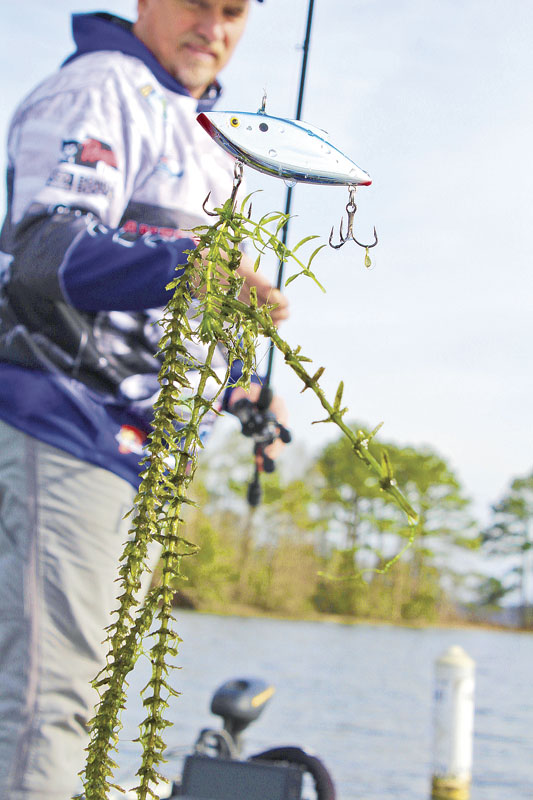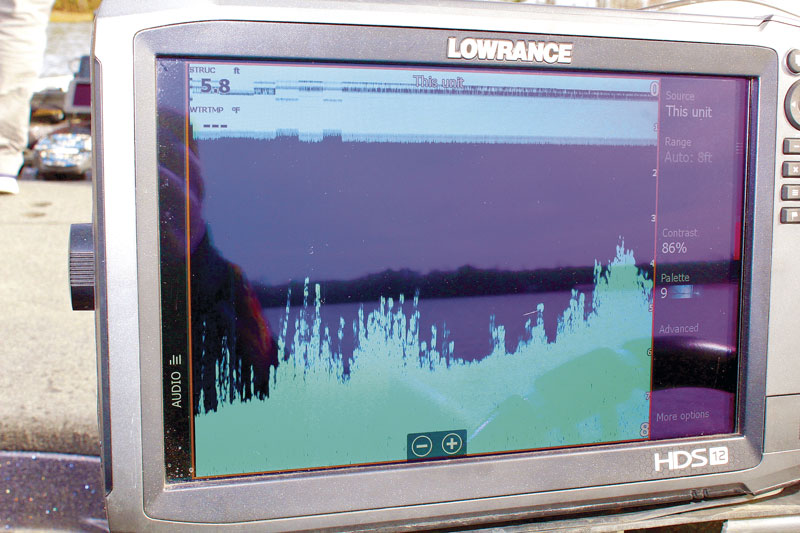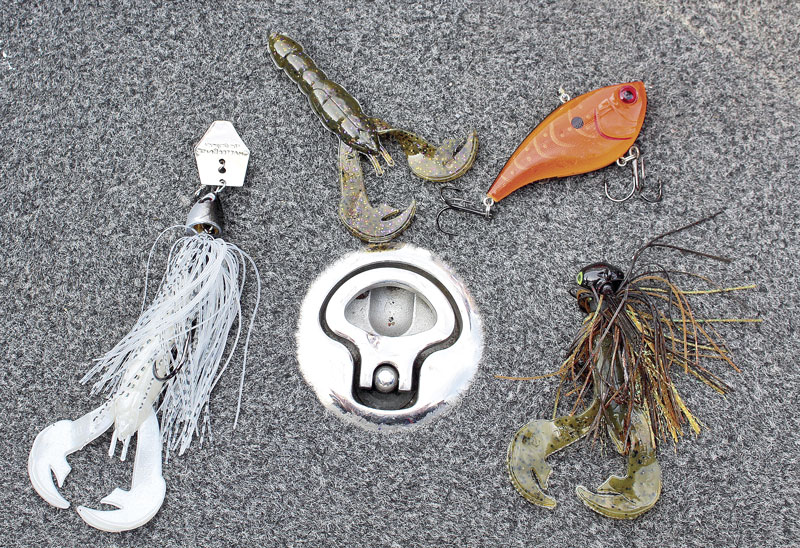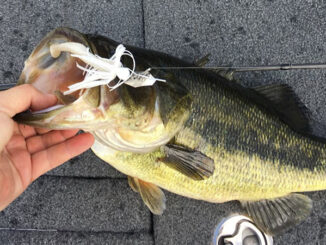
Todd Risinger does it to bring big May bass out of their hiding places
Late spring bass and aquatic grass go together like pine trees and pollen — except, in a good way.
And catching bass in the grass won’t make you sneeze.
Unfortunately, this time of year you are probably already having to spend a lot of time mowing your real yard when you could be fishing. But don’t get down on grass too much. Because when you go to the lake, “mowing the grass” will help you mow down the bass.
This is the time of year when fishing the grass beds in your favorite lake can bring bass out of their hiding places and into your livewell. Or you can just catch them and turn them loose to fight another day. The good news is fishing grass can give you a choice.
“When there isn’t a lot of grass in a lake, you can count on bass being almost anywhere you can find the grass, especially if the baitfish is nearby and the water depth isn’t too shallow,” said tournament fisherman Todd Risinger. “When there is a lot of grass in the lake, it’s best to look for areas with breaks in the grass, holes in the grass or fish the edges of the grass. There are all kinds of grass, but for me hydrilla is the most productive. It allows bass to lay up under the cover and have protection, but also be able to see enough to ambush bait.”

Isolated grass patches
Risinger, of West Monroe, La., said to really look for the isolated patches of grass. Some of them are way out on long points that go into deeper water. Because the grass isn’t visible from the surface, many anglers miss it. But the bass don’t. That’s a prime place for them to lay up, he said. You can find that grass by throwing a lure along the point and hitting it with your bait or you can see it on your electronics. Shallow water tree lines also often have good grass beds growing along with the small trees and bushes. That’s a good area to fish.
Even when bass are in the grass, unless it is just solid, you can still use electronics to scan areas you want to fish and you can find grassbeds that are holding fish.
“You can definitely tell the big bass from the smaller ones on today’s units, especially with a little practice,” he said. “Frankly, a lot of people after big bass today spend more time idling around the lake than they do fishing. You spend your time marking fish or grass, then when you do actually fish, you are in the prime spots, not just casting and hoping.”
Another way to find grassbeds that are holding fish is to keep your eyes open for activity on the water. If you see baitfish jumping or swirls up in the grass, there are fish there.

Unless a lake is just overpopulated with fish (and those are rare), Risinger is all about catch and release. He loves catching big fish and those are a prize.
“Bass can’t grow to be 8, 10, 12 pounds overnight,” he said. “They have to have some age on them, no matter how much food they are getting or how great the lake is. Practice catch and release. It goes back to the principle that hunters use for big deer. Hunters that expect to kill massive 10- and 12-pointers don’t also shoot their young 6- and 8-pointers. That just won’t work.”
There are hundreds of baits on the market for bass fishing and fishing grass is one time you can put a whole lot of different ones to use. Just pick the type you like to fish with.

Bass like chatter
Risinger said the most productive are chatterbaits (bladed jigs), lipless crankbaits, jigs with craw trailers and soft plastic creature baits. When there is open water with grass barely under the surface, plopper-type topwaters will also work.
Bladed jigs are easier to fish in the grass than regular ones and the commotion they make attracts bass. They are good for fishing in thicker grass and around the edges of isolated patches of grass. The lipless crankbaits do the same thing. You can cast them out and run them right by the grass, enticing a bass to hit.
One advantage of the lipless crankbaits is that many of them also have sound chambers which give off vibration and most of the time when they nick grass and get caught, you can jerk your rod and rip the bait free. That sudden change in speed and trajectory also triggers impulse and reaction strikes.
Regular jigs are best for fishing around the edges of big areas of grass and you can even force them down into the grass because of the size and weight. A plastic trailer is a must this time of year.
As for plastics, they can also be used in any of those areas. Fishing the lures by casting them into holes in grassbeds and letting them sink is a popular way to do it. You can also ease the worm or creature bait along the grass and then let it fall off the edge for fish that are hiding on the outside of the grass line.
Wacky rigged worms, Senkos and other slow sinking plastics also work well because they stay in the strike zone a long time.
“The types of lures and areas you fish vary because of a lot of conditions, but the major one is the sunlight. When it’s bright and sunny, bass back up in the grass to hide,” Risinger said. “The grass does for them what sunglasses do for us. Then, on cloudy days, the fish will move closer to the top or the edges and they even wander away from the grass in search of food.”
Be prepared to change tactics and lures when the conditions change. And always pay attention to how and where the fish are biting to develop a good pattern, he said.
“The more time you spend fishing a bait the fish want instead of what you want to throw, the more fish you will catch,” Risinger said. “That’s just common sense.”


